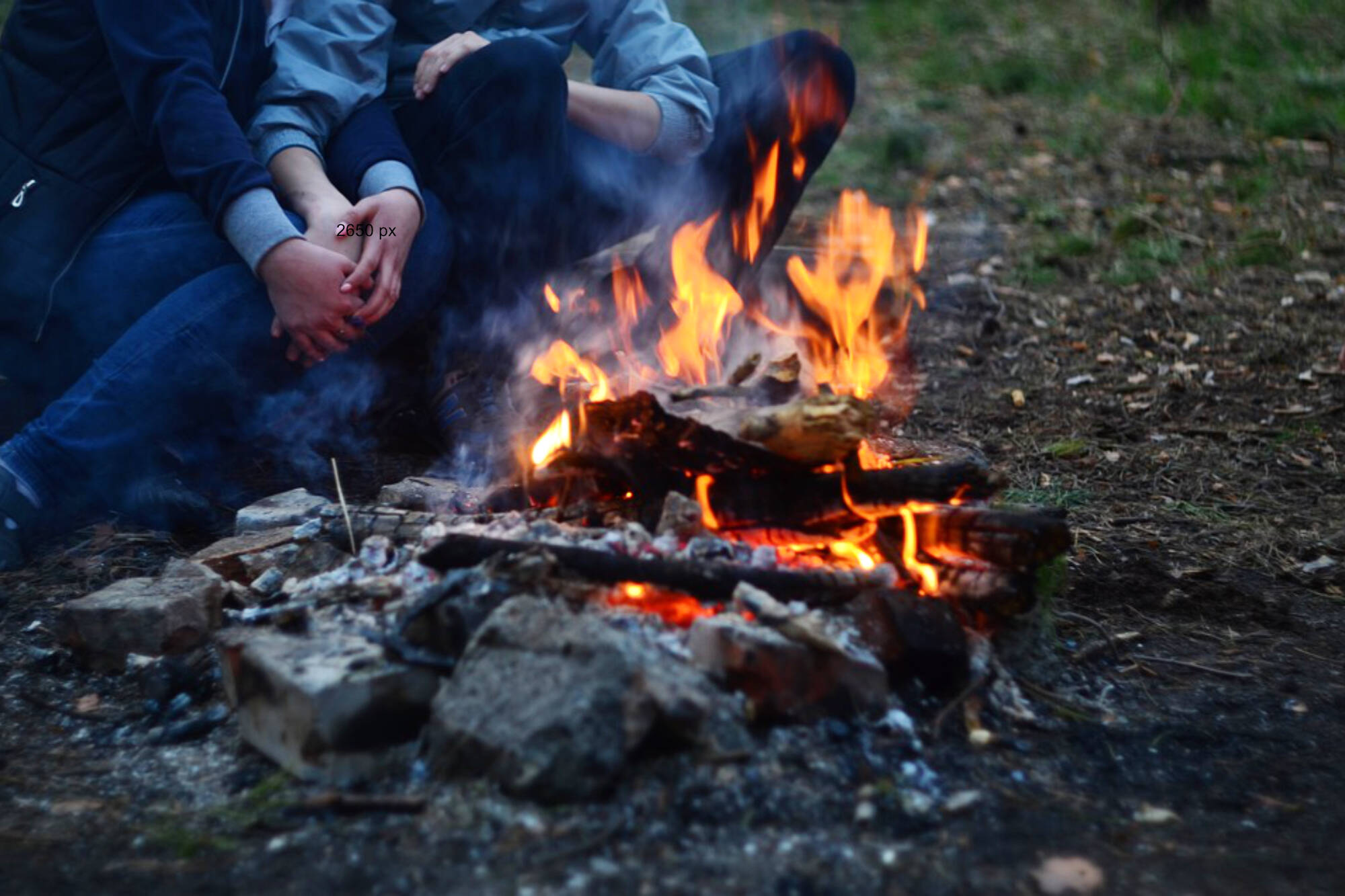Campfire bans are being lifted in two parts of B.C. despite wildfire issues in other parts of the province because that’s what conditions in those areas dictate, a regional fire official said Thursday afternoon.
Taylor Colman, fire information officer with Kamloops Fire Centre, said regional conditions determine whether authorities implement or rescind prohibitions, after the Kamloops Fire Centre announced it was lifting its category 1 campfire ban effective Friday (June 16) at noon — a little over a week after it came into effect June 8.
Colman said many local factors come into play before a ban is issued or lifted. They include the time of year, fire danger ratings, current and forecasted wildfire activity and current and forecasted weather.
“In our region, we’ve experienced more favourable weather over the last week including cooler temperatures, rain and increased moisture in fuels,” Colman said.
“These conditions are forecast to extend through the weekend and will remain unsettled into next week. The downturn in weather has helped to reduce wildfire risk across the Kamloops Fire Centre region, as well as keeping current wildfire activity low. The hard work of personnel on the ground and in the air has been complimented by the conditions.”
The decision comes amidst one of the most difficult wildfire seasons in British Columbia, mainly in the northeastern corner of the province, and has raised the question whether provincial officials are undermining their messaging about the severity of the situation and perhaps even their own efforts.
But the lifting can also be read as evidence of improvement in the middle of the fire season that has already set a number of new records.
The public heard Wednesday that 433 wildfires have burnt a total of 762,000 hectares since April 1. The 20-year-average for this time of the year is 306 wildfires and 18,000 hectares.
RELATED: Despite rain, B.C. remains in a ‘tricky’ spot as wildfires continue across province
Colman pointed out that the lifting of the ban does not impact more local bans, nor change the overall need for responsible behaviour.
“Regardless of prohibitions being in place, safe and responsible fire use is always urged,” he said.
“We are constantly assessing the fuel conditions, fire activity and behaviour, and weather forecasts to make well-informed decisions that will best serve our province,” he added. “Should the situation change, a ban could be reinstated.”
The Kamloops Fire Centre includes the area from Blue River in the north to the U.S. border in the south and from Bridge River in the west to the Monashee Mountains in the east, including the Southern Okanagan, as well as the Lytton and Lillooet area.
The Kamloops Fire Centre is not the only centre lifting its respective category 1 campfire ban.
Cariboo Fire Centre, which stretches from Clinton, north to the Cottonwood River, east to Wells Gray Provincial Park and west to Tweedsmuir Provincial Park, is also lifting its category 1 campfire ban.
Category 1 campfire bans remain in effect in the following regions: the Coastal Fire Centre, which includes the Lower Mainland, Sea-to-Sky, Vancouver Island, Central Coast and Haida Gwaii areas; the Northwest Fire Centre, which stretches from the west coast to just west of Endako and from the Yukon border to Tweedsmuir Provincial Park; and the Prince George Fire Centre, which includes the north of the Interior Plateau and the Omenica Mountains to the north, sections of the Rocky Mountain Trench and Peace (River) country to the east and part of the Cariboo range to the south.
Meanwhile, the Southeast Fire Centre, located in Castlegar and extending from the U.S. border to Mica Dam and from the Okanagan Highlands/west side of the Monashee Mountains to the B.C./Alberta border, is lifting its category 2 ban at noon today.
@wolfgangdepner
wolfgang.depner@blackpress.ca
Like us on Facebook and follow us on Twitter.

